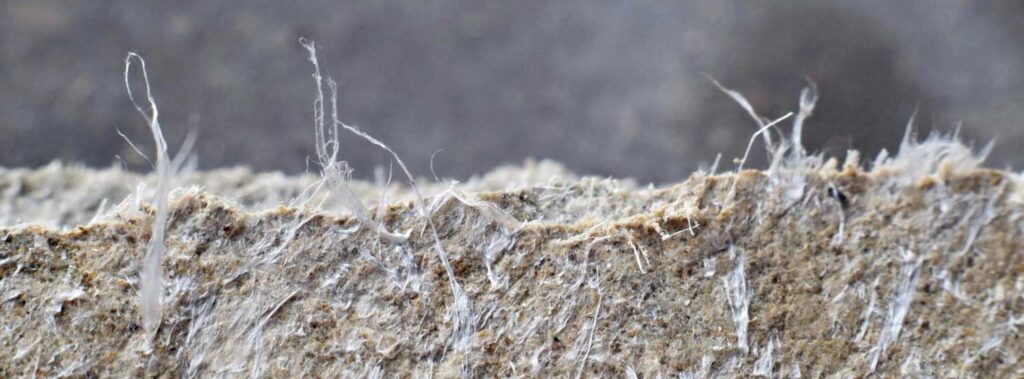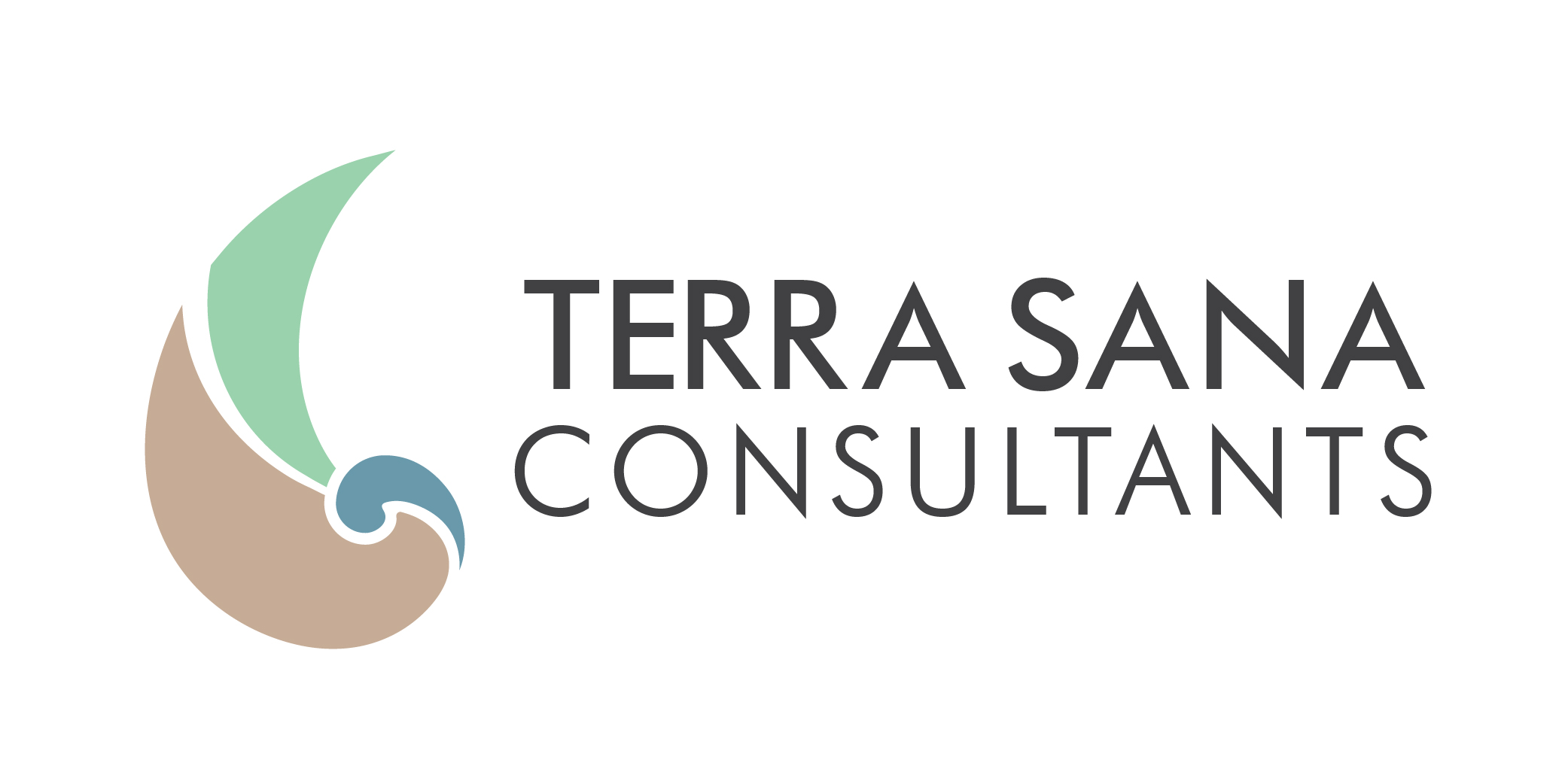Asbestos
Terra Sana Consultants has qualified and trained staff, and cutting edge equipment to provide technical advice related to asbestos.
Our services include testing for:
- Airborne asbestos
- Bulk material
- Soil and sediments
- Water and sludge
All testing is undertaken by a laboratory accredited by the National Association of Testing Authorities and to Australian Standard AS 4964.
If asbestos is identified our expert team can help with the Preparation of Asbestos Management Plans.

Mould
Mould is a health and safety problem for offices and work sites. We can identify what type of mould it is and advise its risk on human health, in addition to its effect on soil remediation and composting amelioration.
The presence of “tertiary colonizer” fungi, Acremonium, indicates the presence of moisture or chronic water damage, as these types of water-loving fungi only germinate and grow on building materials with a water activity (aw) greater than 0.90 (extremely wet).
Acremonium grows on drywall, cellulose-based ceiling tiles, wood materials and other surfaces. Occasionally, it may grow on building materials under high humidity without direct water damage due to repeated condensation. Most species of Acremonium are saprophytes, being isolated from dead plant material and soil.
Contact us regarding our mould identification services for further information or to discuss project requirements.
Crystalline Silica Sand
Silica is silicon dioxide, a natural substance found in most rocks, sand and clay, and in products such as bricks and concrete.
Work processes such as mining, quarrying, cutting, sanding, carving, grinding, blasting or polishing materials containing silica can generate Respirable Crystalline Silica (RCS).
RCS dust particles are so small they cannot be seen under ordinary lighting. RCS is hazardous to health; the small particle size means it is easily inhaled deep into the lungs.
Our services includes:
- Identifying crystalline silica in the workplace
- Monitor airborne contaminant levels
- Develop risk assessment management plans
